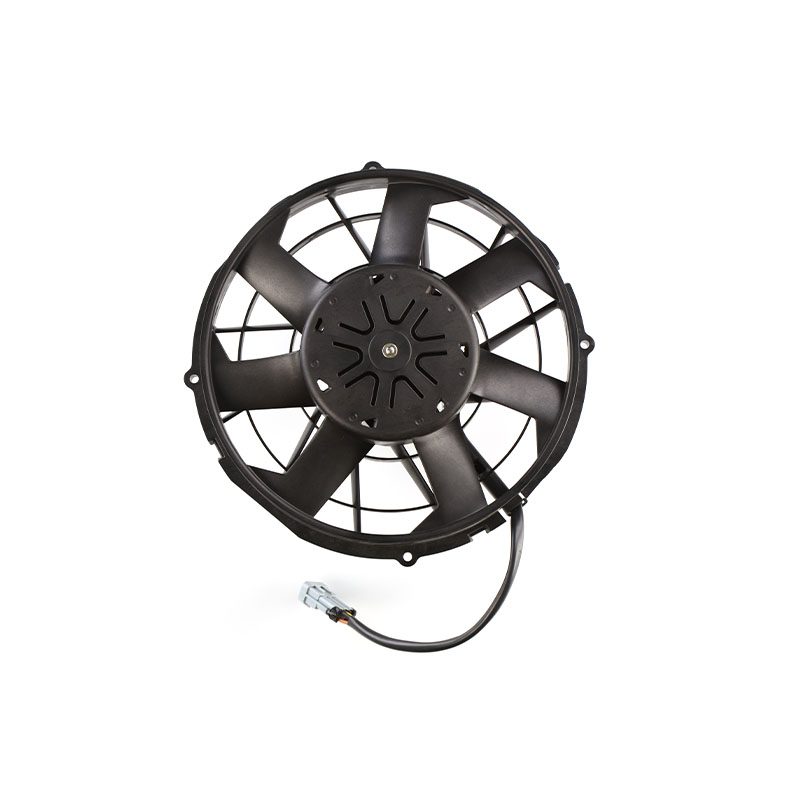Contact Us
Your email address will not be published. Required fields are marked *
What Affects the Durability and Lifespan of DC Axial Fans?
Nov 27, 2025What Determines Pressure Performance in EC Forward-Tilting Centrifugal Fans?
Nov 20, 2025What Factors Influence Energy Consumption in DC Axial Fans?
Nov 13, 2025How Do EC Forward-Tilting Centrifugal Fans Improve Airflow Stability?
Nov 06, 2025How Do DC Axial Fans Enhance Thermal Management Efficiency?
Oct 30, 2025Why DC Axial Fans Are Revolutionizing Industrial Cooling Systems?
Oct 23, 2025DC Axial Fans Explained: Efficiency, Durability, and Performance
Oct 16, 2025DC Axial Fans vs AC Fans: Which One Suits Your Needs?
Oct 09, 2025How to Choose the Perfect DC Axial Fan for Your Equipment?
Oct 02, 2025High-Efficiency and Low-Noise DC Brushless Axial Flow Fans Transform Industrial Cooling
Sep 25, 2025Enhancing Cooling Efficiency: The Role of High-Performance Tank Radiator Fans
Sep 18, 2025High Airflow Performance Redefines Tank Radiator Brushless Axial Fans
Sep 11, 2025
Automotive DC Centrifugal Fans mainly adopt the following strategies to optimize the air flow path for efficient thermal management and heat dissipation:
1. Accurately design fan blades
Blade shape: The shape of the blade directly affects the efficiency of air flow and the thrust generated. Common blade shapes include straight blades, forward-swept blades, and swept blades. Each shape has its specific application and advantages. For example, swept blades can reduce air separation at the tip of the blade and improve the stability of Automotive DC Centrifugal fans at high speeds.
Geometric parameters: The geometric parameters of the blade include chord length, pitch, twist, etc. These parameters need to be accurately calculated and optimized according to the design requirements and expected performance of the fan. The chord length determines the thrust area of the blade, the pitch affects the air flow between the blades, and the twist is used to adjust the angle of attack of the blade at different radius positions to optimize aerodynamic performance.
Material selection: The material of the Automotive DC Centrifugal fans blades should have good mechanical properties, heat resistance and corrosion resistance. Commonly used materials include aluminum alloys, engineering plastics and composite materials. The choice of different materials will affect the performance parameters of the blades, such as weight, stiffness and strength.
Manufacturing process: The accuracy of the manufacturing process is crucial to the quality of the blades. Modern manufacturing processes such as CNC machining, 3D printing and injection molding can achieve high-precision manufacturing of blades. In addition, the blades need to be surface treated, such as spraying anti-corrosion coatings or anodizing, to improve their durability and aesthetics.
2. Optimize the fan housing and air duct design
Streamlined design: The fan housing and the surrounding air ducts adopt a streamlined design to reduce the resistance of air flow and enable air to enter and leave the fan smoothly.
Guide device: A guide device, such as a guide ring or a guide plate, is set at the inlet and outlet of the Automotive DC Centrifugal fans to guide the air to flow along a predetermined path and improve the heat dissipation efficiency.
3. Intelligent speed regulation and control system
Variable frequency control: Variable frequency control technology is used to automatically adjust the fan speed according to the actual cooling needs of the vehicle. Increase the speed when more cooling is needed, and reduce the speed when it is not, so as to achieve a balance between energy saving and efficient cooling.
Integrated sensors: Temperature sensors and other sensors are integrated inside or around Automotive DC Centrifugal fans to monitor the temperature of components that need cooling in real time and feed back signals to the control system so as to adjust the working status of the fan in time.
4. Collaboration with other cooling systems
Working in conjunction with radiators: Automotive DC centrifugal fans usually work in conjunction with cooling systems such as radiators to improve the efficiency of the entire cooling system by optimizing the layout and connection between them.
Combined with heat pipes and liquid cooling systems: In some high-end models, automotive DC centrifugal fans may also be used in combination with efficient cooling technologies such as heat pipes and liquid cooling systems to further improve the cooling effect.
5. Numerical simulation and wind tunnel testing
Numerical simulation: Numerical simulation methods such as computational fluid dynamics (CFD) are used to simulate and analyze the airflow field around Automotive DC Centrifugal fans to predict and optimize the air flow path.
Wind tunnel testing: The fan is actually tested in a wind tunnel laboratory to verify its heat dissipation effect and aerodynamic performance, and further optimization and improvement are carried out based on the test results.
Automotive DC Centrifugal Fans optimizes the air flow path through precise design of fan blades, optimization of fan housing and air duct design, intelligent speed regulation and control system, coordination with other cooling systems, and numerical simulation and wind tunnel testing to achieve efficient thermal management and heat dissipation.

Your email address will not be published. Required fields are marked *
Zhejiang Nicety Electric Machinery Co., Ltd. specializes in the production of four series of products: condenser electronic fan, radiator (water tank) fan, blower, and air conditioner assembly. Professional production American, European, Japanese, Korean And Domestic brand DC automotive axial fans.
Email: [email protected] / [email protected]
Tel: +86-0578-7125439 / +86 181 0658 9231
Address:No. 98, Guangda Street, Jinsha Industrial Zone, Longquan City, Zhejiang Province, China